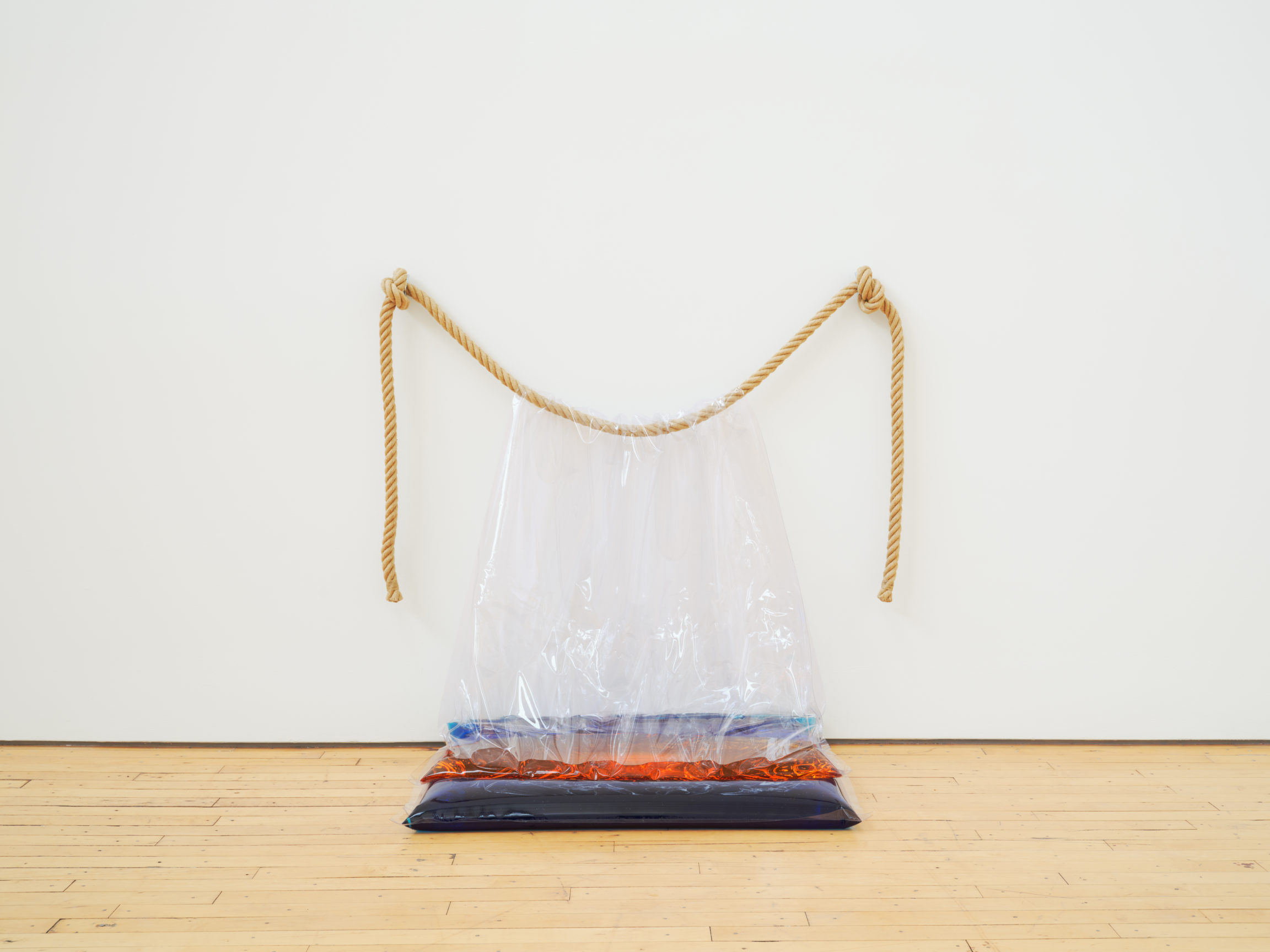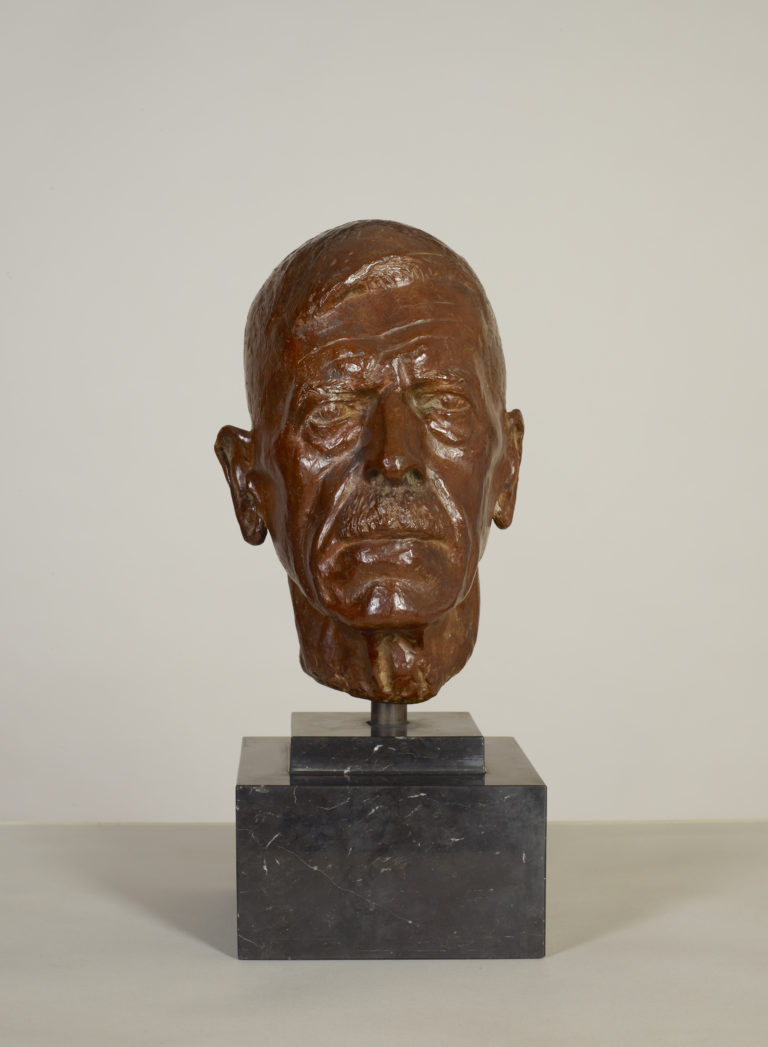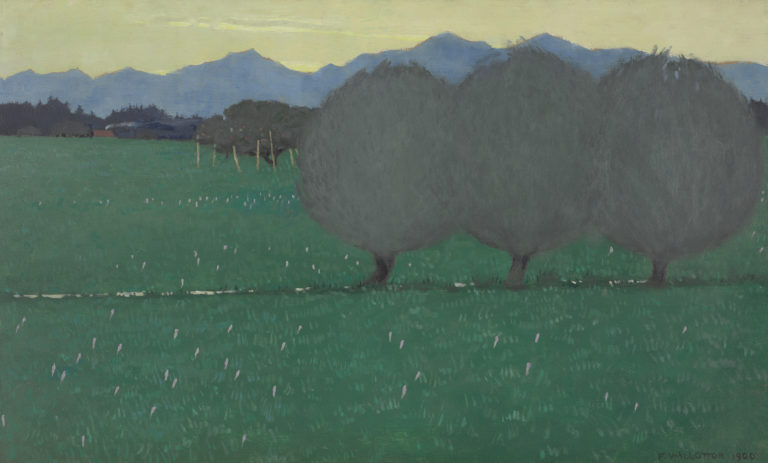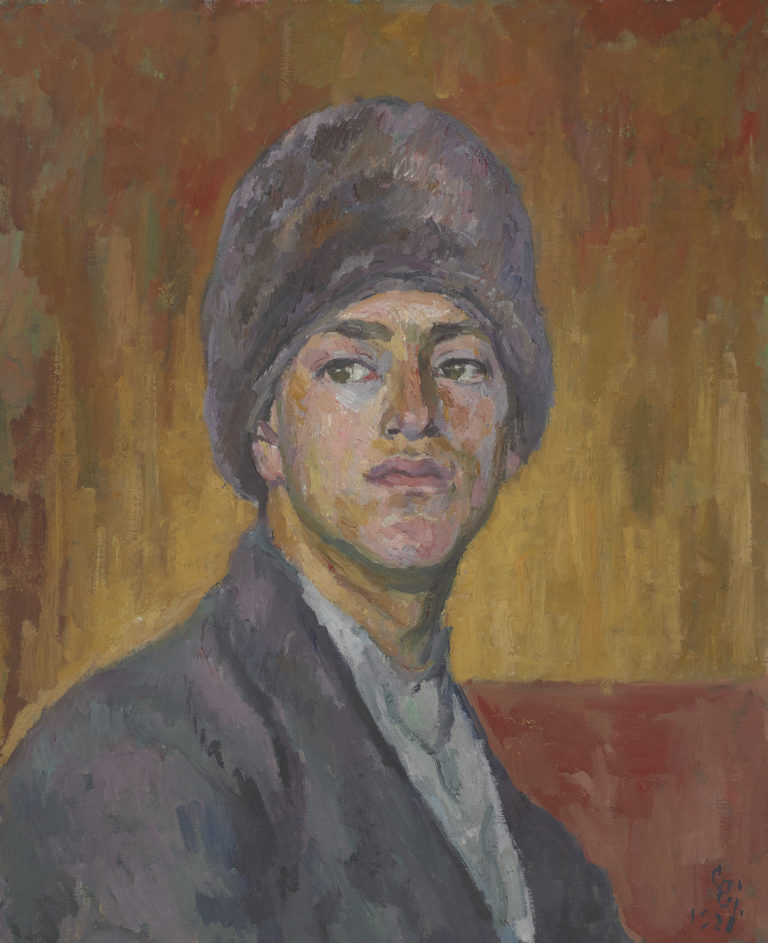Bibliographie
Matthias Mühling and Stephanie Weber (eds.), Senga Nengudi: Topologies, exh. cat. Munich, Städtische Galerie im Lenbachhaus and Kunstbau, São Paulo, Museu de Arte, Münich, Ed. Hirmer, 2019.
Nora Burnett Abrams, Elissa Auther et al, Senga Nengudi : Improvisational Gestures, exh. cat. Denver, Museum of Contemporary Art, 2015.




Senga Nengusi was born in Chicago and raised in California. Choosing to study Fine Art at UCLA in the 1960s, she found herself the only Black woman enrolled in the department. Her early work was inspired by the avant-garde Japanese Gutai movement and traditional Noh theatre, which she first encountered on a study trip to Tokyo. She began experimenting with water and plastic, settling on her Water Compositions in 1970. In Water Composition III, heat-sealed plastic pouches filled with dyed water are suspended from a thick rope that is fastened to the wall. The sculpture is structured yet supple, with a fluid form that can easily change depending on how it is presented. The impression of lightness evoked by the water contrasts with the heavy feel of the transparent vinyl pouches weighing down on the rope.
The Water Compositions are abstract yet visceral, geometric yet organic. They foreground the connection between living bodies and sculptural form – a connection initially underpinned by an invitation to visitors to touch and interact with the sculpture. The series was first shown in 1971 at a group exhibition of African American artists organised by the Musée Rath in Geneva. It met with little understanding from audiences and critics alike. At that time, the vast majority of Black artists were explicitly addressing socio-political themes in their creative practice. Over time, however, the subtly political scope of Nengudi’s allusions to the female body, colour, and physical movement, has come to win her a place in the history of art.